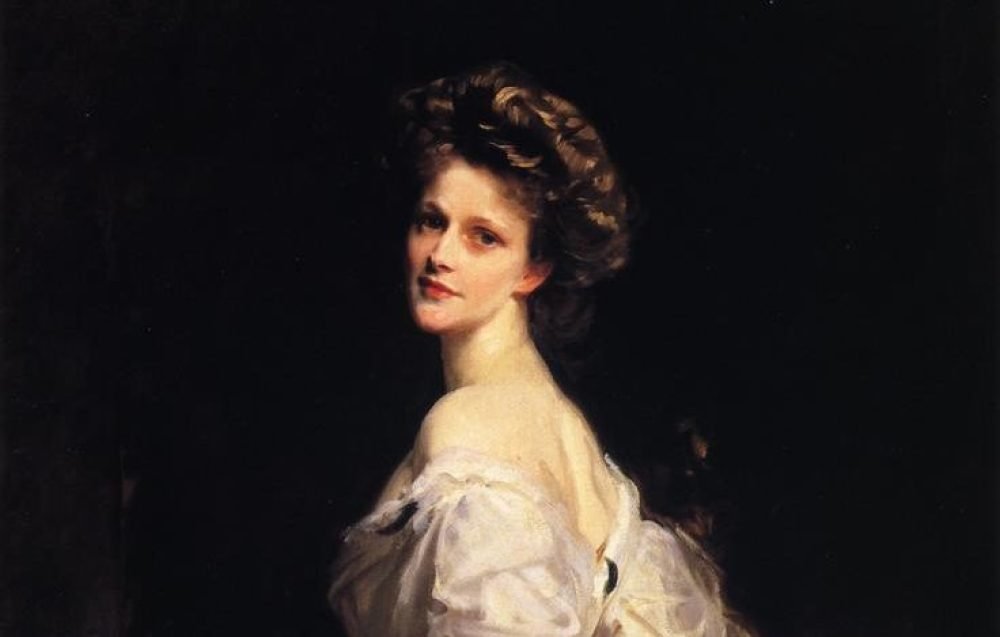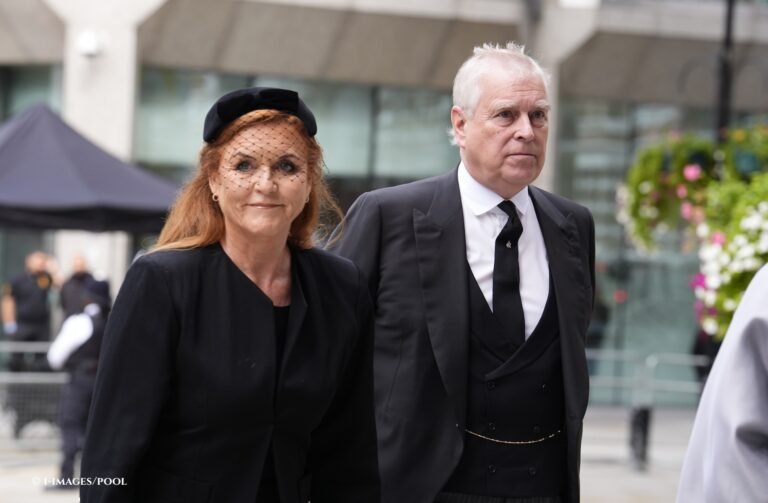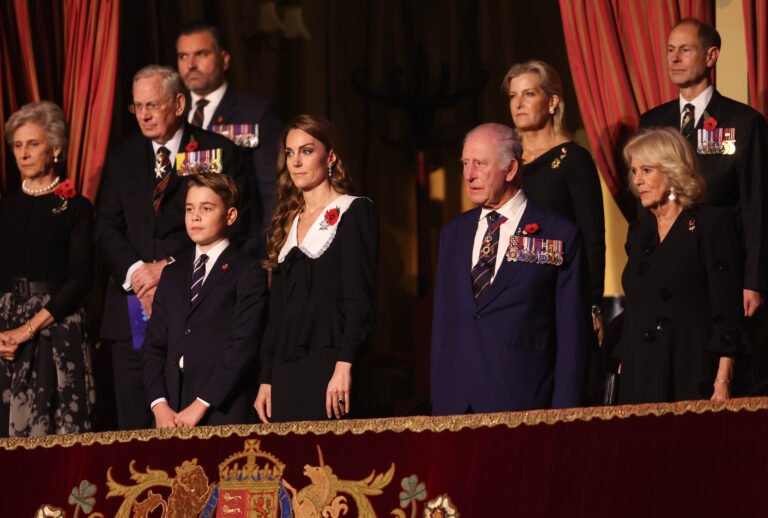Continuing from Jennie Jerome, Lady Ranolph Churchill’s story…
As the 19th century ended, the great aristocratic families of the UK began to struggle. A number disappeared, ruined by their expensive lifestyles, and the depression in agriculture – an estate’s lifeblood – while others clung on for dear life.

Societal opinion was shifting, with the working classes questioning the hierarchy that had been in place for centuries. For some, their worlds crumbled around them and they hoped for a miracle. For others, a few hundred families, in fact, that miracle came in the form of an American heiress, also known as ‘Dollar Princesses’.
By 1895, when nine Dollar Princesses became Ladies, Countesses and Duchesses, the system had developed into mothers and daughters visiting London for the duration of the social season (April to August). This was often preceded by a trip to Paris to purchase gowns, sometimes spending more than $400,000 in today’s money in one season to not be seen in the same dress twice. They would call upon friends and relatives with connections to the aristocracy, be it from a new Anglo-American pairing or otherwise, to introduce them to eligible bachelors.
By the 1930s, some 350 US heiresses had married into the British aristocracy; it’s estimated that they brought (in today’s money) £1 billion with them. Here are some of their stories…
Well-known as the first woman to take her seat in the House of Commons, Nancy Astor was born in Danville, Virginia, in 1879. Christened Nancy Witcher Langhorne she was part of the large brood belonging to Chiswell Dabney Langhorne and his wife Nancy, who had eight children, Nancy being the youngest. Langhorne made, lost, then remade his fortune in the railroads, construction and tobacco.

Seemingly a family blessed with good genes, Nancy and her sisters were all admired for their beauty. She was actually married before coming to the UK: her first husband was a Robert Gould Shaw II, whom she met in New York, attending finishing school. Nancy was just 18, and the couple – even during the honeymoon period – were unhappy, with accusations of alcoholism and abuse levelled at Shaw. In fact, Nancy left her husband numerous times during the four-year marriage, including on their honeymoon in 1897.
They had one son, Robert ‘Bobby’ Gould Shaw III, born the year after their marriage. But in 1903, when Nancy’s mother died, the 23-year-old divorced Shaw and returned home to Virginia.
Nancy Shaw took a tour of England and fell in love with the country, and followed her father’s advice to emigrate. Taking her younger sister, Phyllis, with her, Nancy travelled across the pond in 1905. It was during their voyage across the Atlantic that Nancy met her second husband, Waldorf Astor, son of William Waldorf Astor the hotelier.
Also born in America, Astor had moved to the UK aged 12, being raised in the tradition style of middling well-to-do families. Something of a whirlwind romance, they wed in 1906, and Nancy became an Astor. It is often said the pair were a good match, with similar personalities and temperaments; they even shared the same birthday. The Astors moved to the Cliveden estate in Buckinghamshire after marrying, a wedding gift from Waldorf’s father which had been purchased from the Duke of Westminster. Little information can be found about Nancy’s dowry, though it was likely a princely sum; Viscount Astor was said to have also given his son and daughter-in-law a healthy cash gift after their nuptials.
Waldorf and Nancy had five children together between 1907 and 1918, and she encouraged her husband to launch a career in politics. Waldorf developed an interest in social reform during his early time in politics thanks to Nancy, who held strong religious convictions (she later converted to Christian Science, which believed that illness could be cured through prayer alone).
This slideshow requires JavaScript.
When Astor succeeded his father’s peerage as the 2nd Viscount Astor, his constituency and seat of Plymouth Sutton became vacant (owing to the fact Waldorf was taking a seat in the House of Lords). The Viscountess bravely decided to stand and contest the position for MP in 1919. Nancy was not the first woman to be elected as an MP – that honour fell to Constance Markievicz in 1918, a Sinn Fein activist and politician who was imprisoned for arson – but she was the first to take her seat in Parliament as the first female MP in the UK.
The American Lady Astor was not universally popular with her policies, which included imposing stricter laws on alcohol (she was aware prohibition would never succeed in Britain), an aversion to Jews and Catholics, and she seemed to be out of the loop with current political affairs. However, she appealed to voters due to her work with the Canadian soldiers during WWI, and her ability to improvise, particularly with regards to hecklers; she would answer them with witty remarks before turning the spotlight on them. The Viscountess’ access to funds enabled her to finance a successful and widespread campaign.
Her biographer, Adrian First, writes of the difference she made to politics during the 27 years she worked as an MP: “She took English politics by storm to become the first woman to take her seat in the Mother of Parliaments.
“There she sat, fiercely independent, facing down the unceasing and virulent hostility of almost all the six hundred or so male members surrounding her… Holding her own long enough for the idea of a woman in Parliament finally to become accepted, her example led others to follow the path which she had cut, successfully taking into British laws rafts of legislation in support of women, children and the family, which a short time earlier would have been unthinkable.”

Something the Viscountess championed was women’s rights: in her maiden speech to the Commons in February 1920, Nancy said that “women have got a vote now and we mean to use it, and use it wisely”. Early on in her political career, Nancy supported lowering the voting age for women from 30 to 21, an Act which was passed in 1928. Her campaigning for raising the age to legally buy alcohol to 18 (it was set at 14 in 1901), was passed in 1923, something of a victory for Astor.
Despite her more humble beginnings, Nancy soon became the centre of high society in the 1930s, as did her home, Cliveden. Though she and Waldorf spoke out against Nazism, her circle featured right wing politicians – and those who supported appeasing Hitler’s Reich. These people included author George Bernard Shaw and Rudyard Kipling.
Nevertheless, Astor’s popularity waned with age, and insisted her retirement was caused by the Tory party and her husband, who said that if she ran for office again, the family would not support her. Lady Astor agreed, but was reportedly bitter about this. That being said, by the year of her retirement, 1945, 24 other women took their seats in Parliament, showing what an impact Astor had had on societal opinion of women.
A number of quotes have been attributed to the female MP, not least some questionable remarks regarding slavery: “I married beneath me. All women do,” and “The only thing I like about rich people is their money.”
Nancy also reportedly told an African-American church that they should be grateful for slavery because it had allowed them to be introduced to Christianity, while in Rhodesia she proudly told the white minority government leaders that she was the daughter of a slave owner.
Viscount and Viscountess Astor began travelling separately after she left Parliament, and soon were living apart. In addition to this, William’s own politics moved more left wing, becoming opposed to his wife’s. They did, however, reconcile before he died in 1952.
“It was like going into a members’ club… an all-male club” Nancy Astor, the first woman MP to take her seat, recalled the experience on Panorama in 1959.#InternationalWomensDay#IWD2019pic.twitter.com/IRMYz4QJVc
— BBC Archive (@BBCArchive) March 8, 2019
One of Nancy’s sons, Bill (William) got himself mixed up in the Profumo affair of 1961, in which War Secretary John Profumo had a brief affair with 19-year-old model Christine Keeler, conducted during a party at Cliveden, hosted by Astor’s son.
Nancy, Viscountess Astor died on 2nd May 1964 at Grimsthorpe Castle, Lincolnshire, her daughter’s home. She left behind a legacy of women’s rights, showing they could represent the people and do so successfully, but her later years were marred by her less popular opinions and unpredictability.









